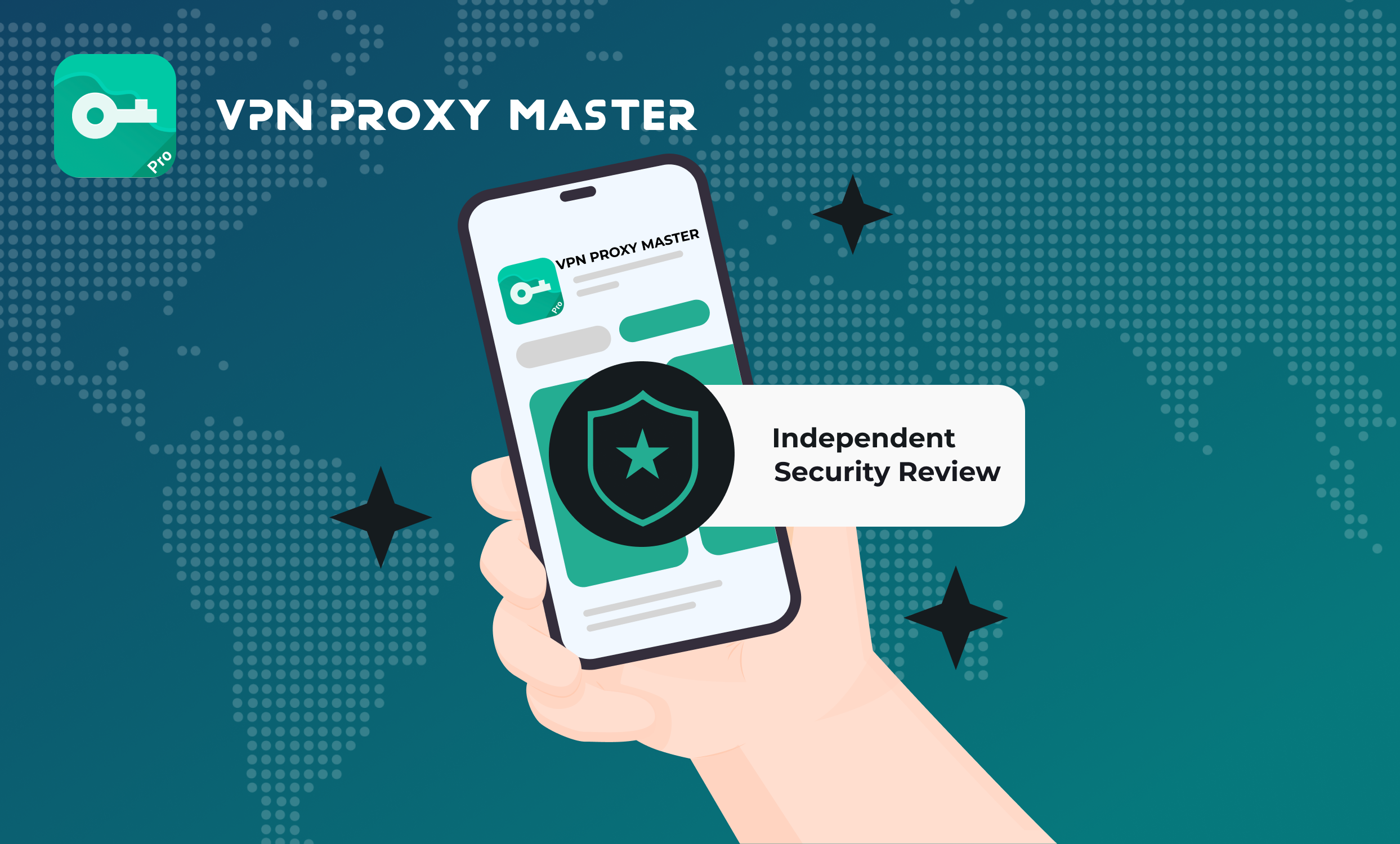
Port numbers are important because they allow computers and devices to connect to and communicate with each other. Port numbers identify which application is using which port. This is important because it allows the operating system to route traffic to the correct application. Without port numbers, it would not be possible to tell which application is using which port, and people could not route traffic properly.
However, if you are finding it confusing to find your own port number then here’s a detailed guide to help you out.
What is a Port Number?
A port number is a unique identifier assigned to a computer or device that allows it to connect to and communicate with the Internet. They help to distinguish different types of traffic and can range from 0 to 65535.
Port Numbers — Defined
Port numbers transport protocols, such as the Transmission Control Protocol (TCP) and the User Datagram Protocol (UDP), to identify the sending and receiving application endpoints. These numbers are significant because they allow different applications to run on the same host without conflicting with each other.
IANA (Internet Assigned Numbers Authority) assigns Port numbers, and it divided these into three ranges:
- System Ports: 0-1023
- User Ports: 1024-49151
- Dynamic/Private Ports: 49152-65535
System ports enable system or root processes and are not often used by user applications. User ports operate by user-land applications to be used by anyone. Different software use dynamic/private ports, but are typically used by applications that use ephemeral port numbers.
What is my Port Number?
Your port number is the number assigned to the network port your computer uses to communicate with other computers. As we know, a port number is a number that is used to identify a specific process to which an Internet or other network message is to be forwarded when it arrives at a server.
Network port numbers help to identify particular services and applications that send or receive data on a computer network. For example, the port number for the FTP service is 21.
Each port number associates with a particular IP address and each IP address can have multiple port numbers associated with it. When a computer wants to send data to another computer, it sends the data to the IP address of the destination computer and the port number of the service or application that is to receive the data. The receiving computer then knows which application to deliver the data to.
As mentioned earlier, port numbers have three ranges:
- Well-known ports: 0-1023
- Registered ports: 1024-49151
- Dynamic or private ports: 49152-65535
Types of Port Numbers
There are three types of router port numbers: input port numbers, output port numbers, and gateway port numbers. Input port numbers help to identify the ports through which data enters the router. Output port numbers help to identify the ports through which data exits the router. Gateway port numbers aid to identify the ports that connect the router to the internet.
TCP vs. UDP Ports
TCP is a connection-oriented protocol, which means it requires a connection to be established between two devices before it can transfer data. UDP is a connectionless protocol, which means that it can send data without first establishing a connection.
- TCP Ports
A TCP port number is a 16-bit unsigned integer, thus ranging from 0 to 65535. However, applications only use a few of these. The most commonly used TCP ports are 20 (FTP data), 21 (FTP control), 22 (SSH), 23 (Telnet), 25 (SMTP), 80 (HTTP), 110 (POP3), and 143 (IMAP). Moreover, a TCP port is a 16-bit number used to identify a specific application or process running on a server.
- UDP Ports
A UDP port is a communication endpoint for UDP, a connectionless protocol. UDP ports vary from 0 to 65535. Moreover, UDP ports help in a variety of applications, such as DNS, VoIP, and streaming media. Common UDP port numbers include 53 (DNS), 67 (DHCP), 68 (DHCP), and 123 (NTP).
What is the Difference between an IP Address and a Port Number?
An IP address is a unique identifier for a device on a network. A port number is a unique identifier for a specific application or service on a device.
An IP address is a unique numerical address that identifies a specific computer or device on a network. A port number is a unique numerical identifier assigned to a specific application or process running on a computer.
What is a Port Scanner?
A port number scanner is a program that checks for open ports on a network. It does this by sending a packet to each port in turn and waiting for a response. If a port is open, it will respond with a message; if it is closed, it will not respond.
What is a False Positive in a port scan?
Lastly, a false positive is when a port scan reports an open port but no service is actually running on that port. This happens for a number of reasons, the most common being that the port is open but not in use, or that the port is not configured to respond to port scans.
How to Check Open Port Numbers?
- Open the command prompt by going to Start > Run and typing cmd.
- Type “netstat -a” at the command prompt. This will show all open port numbers on your computer.
- Find the port number that you want to check in the list and note the number next to it. This is the port number.
- Type “netstat -an” at the command prompt. This will show all closed port numbers on your computer.
- Find the port number that you want to check in the list and note the number next to it. This is the port number.
Common Port Numbers & their Uses
There are a few dozen port numbers commonly used across the internet. The most common ones are:
- 80: Used for HTTP traffic
- 443: Used for HTTPS traffic
- 21: Used for FTP traffic
- 22: Used for SSH traffic
- 23: Used for Telnet traffic
- 25: Used for SMTP traffic
- 53: Used for DNS traffic
- 8080: Used for HTTP traffic (alternative port)
These are just a few of the most commonly used port numbers. Each one has a specific use and purpose. For example, HTTP port defines web traffic, while FTP portrays file transfers
What is Port Forwarding?
Port forwarding is a technique used to allow external devices access to computers or other devices on a private network. However, when port forwarding enables, specific traffic forwards to specific devices on the network.
After enabling port forwarding, traffic directs to a specific device on the network. The device then forwards the traffic to the desired destination.
Bottom Line
There are different port numbers for different services. These ports mostly open and close automatically as different applications interfere with the network. Our firewall protects us from any malicious ports that hackers can use to get inside our system. It is also possible to manually open desired ports for specific connections. However, you should close the ports after usage.
Use VPN Proxy Master & Stay Protected
VPN Proxy Master is among one of those providers who have a strict no-log policy. They do not share any data of their users to other third-parties. Moreover, they use AES 256 bank-level encryption to protect data from hackers.
Furthermore, the service is available on all iOS, Windows, and smartphone devices. If you are concerned about your privacy then feel free to grab a monthly plan with 3 months of free usage. With VPN Proxy Master, you can upgrade your cybersecurity in more ways!















